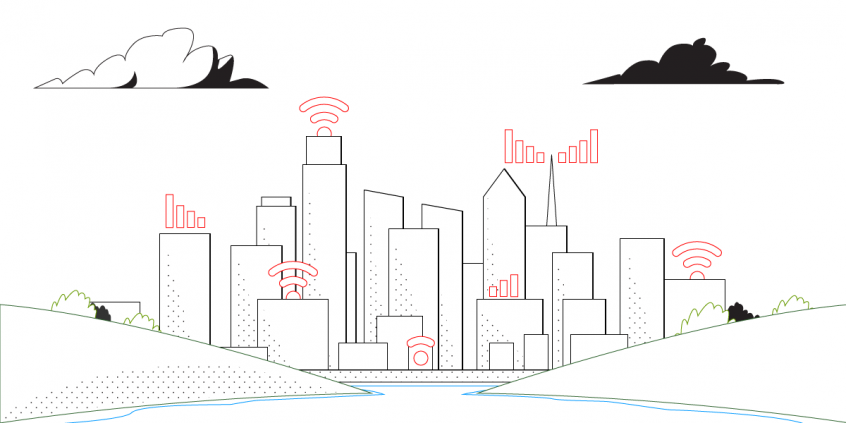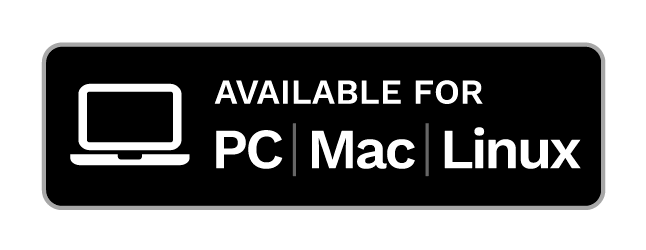Is There a Hidden Cost to your Xfinity Router?

With the hopes of creating a nationwide public WiFi network, Comcast has been pushing new Xfinity WiFi routers into its customers’ homes that broadcast a public wireless network in addition to the home Internet connection. It’s an interesting idea that has been embraced by some, but has raised questions about security with others. As a bandwidth-obsessed engineer, my immediate inclination was to wonder where the heck the extra bandwidth for the public hotspot was coming from, and what kind of hidden electricity costs that might come with.
We ran some tests with one of these dual-signal routers in our office, and found that it was indeed costing Xfinity customers several dollars extra per month to support the public hotspot with this particular router. Not a huge deal on the individual level, but it’s worth noting that, when multiplied out by Comcast’s millions of residential customers, it seemed like subscribers might potentially be footing a bill in the tens of millions to roll out the ISP’s public WiFi network. A few weeks ago, we published a blog post with our findings, and we must have tickled the beast, because within an hour-or-two, I was on a call with Comcast.
Comcast Calling
The folks at Comcast reached out to let us know that we weren’t testing with their latest home router, and that they wanted to furnish us with the latest-and-greatest so we could re-test. Sure, why not? We wanted to present solid and accurate data, after all.
A few days later, an Xfinity tech replaced our existing hardware with a Cisco DPC3939B (XB3 is the residential variant, but we have the BWG business variant). We were told that the business and home versions are identical pieces of hardware that run slightly different software. This new Xfinity router box takes the place of four different components that we used to have:
- Cable modem for the Xfinity Hotspot
- WiFi access point for the Xfinity Hotspot
- Cable modem gateway for our business account
- Linksys access point that we provided
So, while they’ve certainly packed a lot in the new DPC3939B router, it’s also about the size of those four separate components duct-taped together!
The Data
Most importantly, the power usage of this box is certainly different than the older devices:
| Amps | Vrms | PF | KWh | KWh / year | Cost in Middle Atlantic (2013) | |
| Idle | 0.22 | 122 | 0.56 | 0.015 | 131 | $21.28 |
| Xfinity Under Load | 0.28 | 122 | 0.56 | 0.019 | 174 | $29.05 |
It Uses a Lot of Power Just Sitting There
But, There’s More…
After testing out the new Xfinity router, we decided to use it as our main Internet connection to see how well it actually worked. That’s when the trouble started… Google Talk sessions were getting disconnected and Hangouts were being cut off mid-stream. It took hours on the phone, and multiple visits from Comcast techs to discover that IPv6, which was turned on by default in the router, did not work with Google. Oops.
But even with IPv6 deactivated, the Internet still seemed slow to us. We discovered that the router’s firewall, which was ‘inactive’ in the control panel, was actually logging hundreds of thousands of discarded packets from inside our network. It seems like there’s still some ways to go in making sure the new Xfinity routers are stable. But, in monitoring our Internet connection we noticed that the box rebooted itself twice over this last weekend, and once this morning (one of them was Comcast updating the software, which is good news).
Ultimately, this is the 1.0 version of the new Xfinity router, and we totally get that. It takes time and iteration to make sure a new product is working smoothly for all users. Despite these reservations, we think the public hotspot idea is an innovative one, but one that’s not quite there yet. Walt Mossberg put it well while discussing open home WiFi in a post for re/code a few days ago: “Companies like Comcast…are moving in the right direction. But there are strings attached.”
Download Speedify
Speedify is the only app that combines your wifi, cellular, wired, and even your friend’s phone signals – into one ultra-fast and super secure link that keeps you all connected for the best possible live streaming, video calling, or just posting to your favorite app.
Subscribe to Speedify on YouTube
Get news, success stories, and our weekly livestreaming show Speedify LIVE! Tune in to chat and ask questions or to yell at us if that makes you happy. We're from Philly, we can take it.




